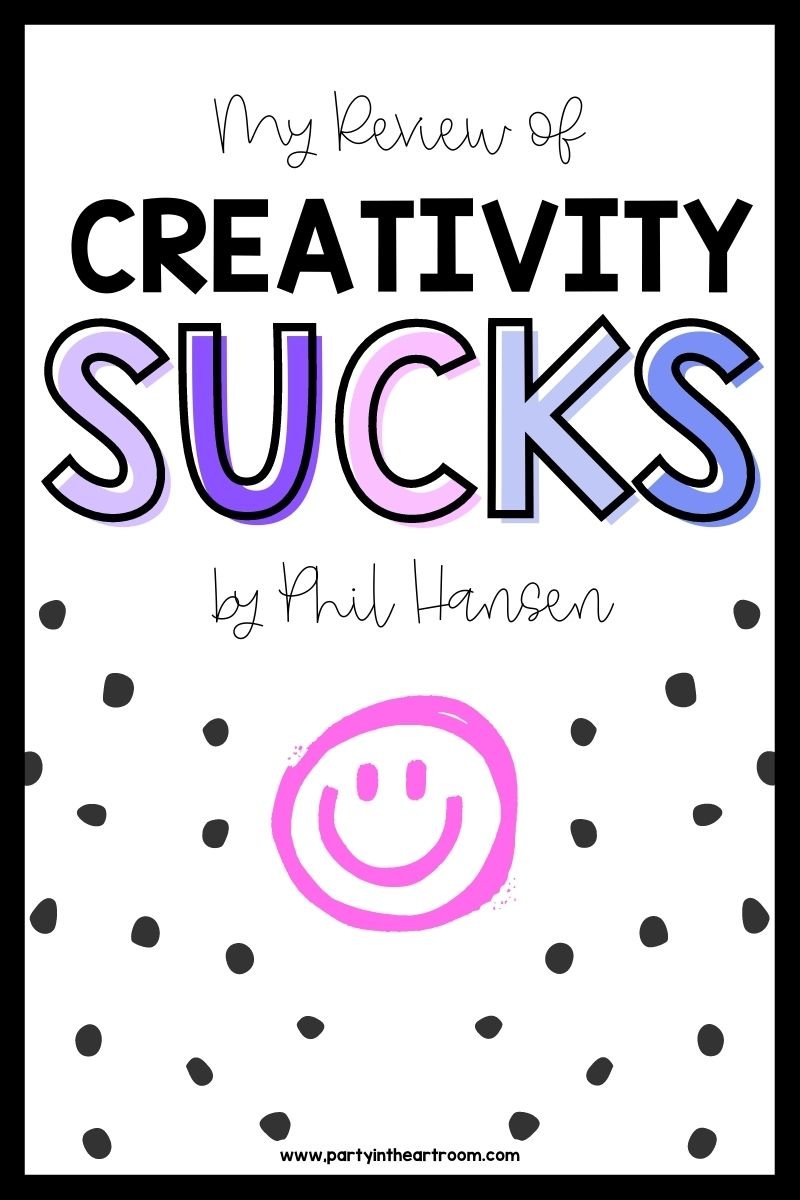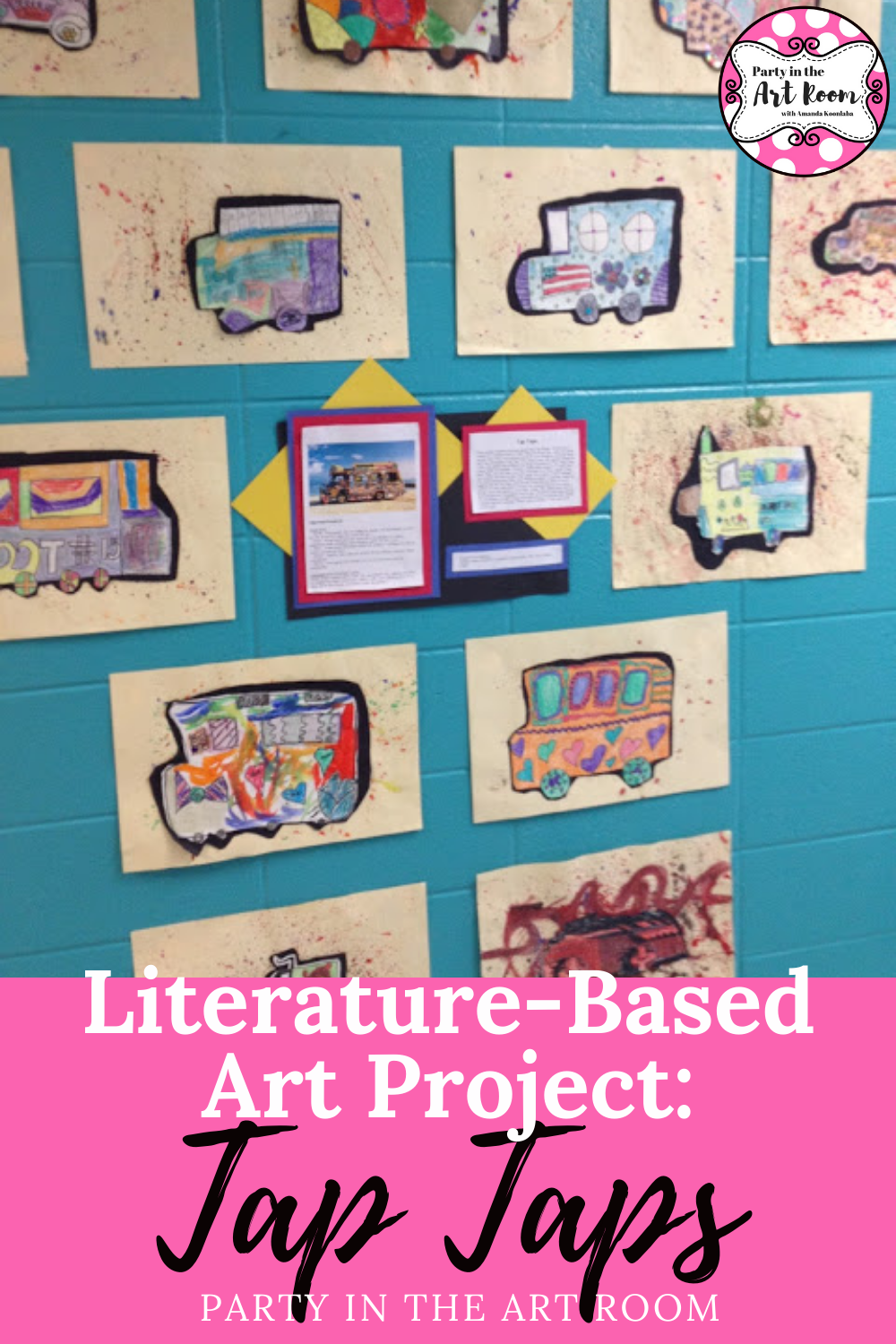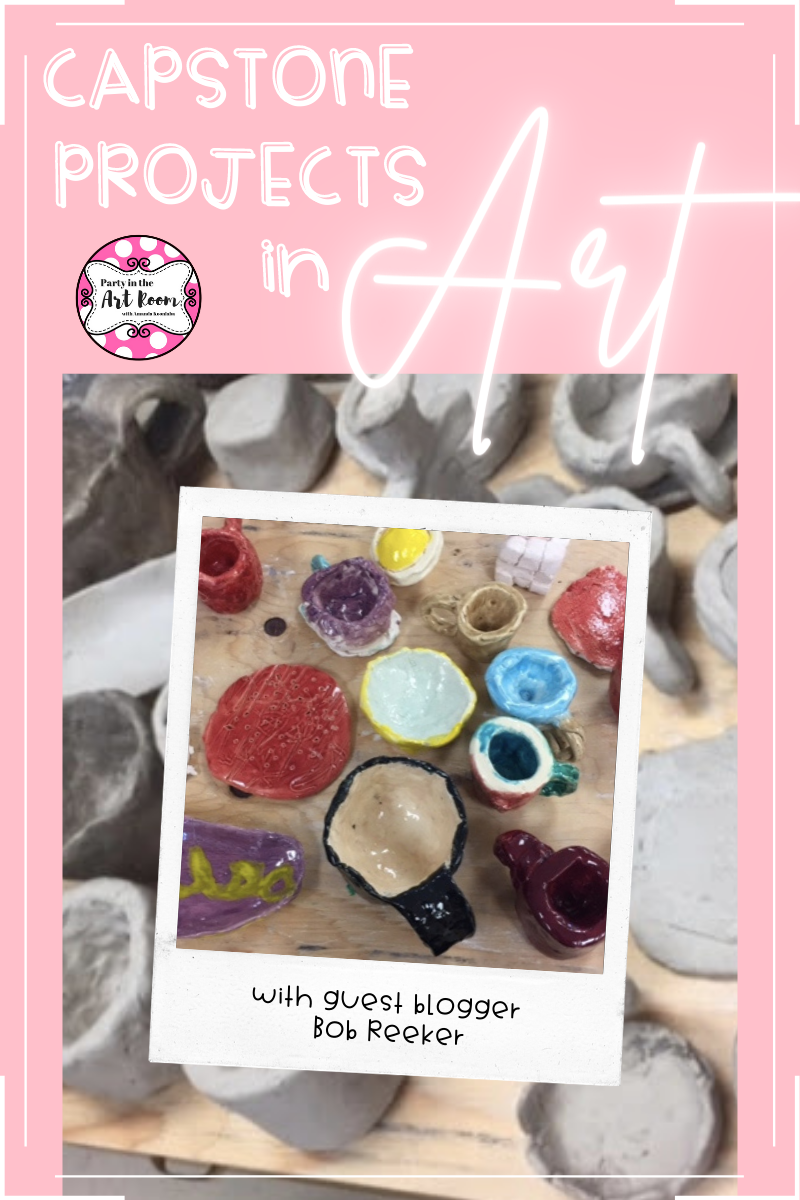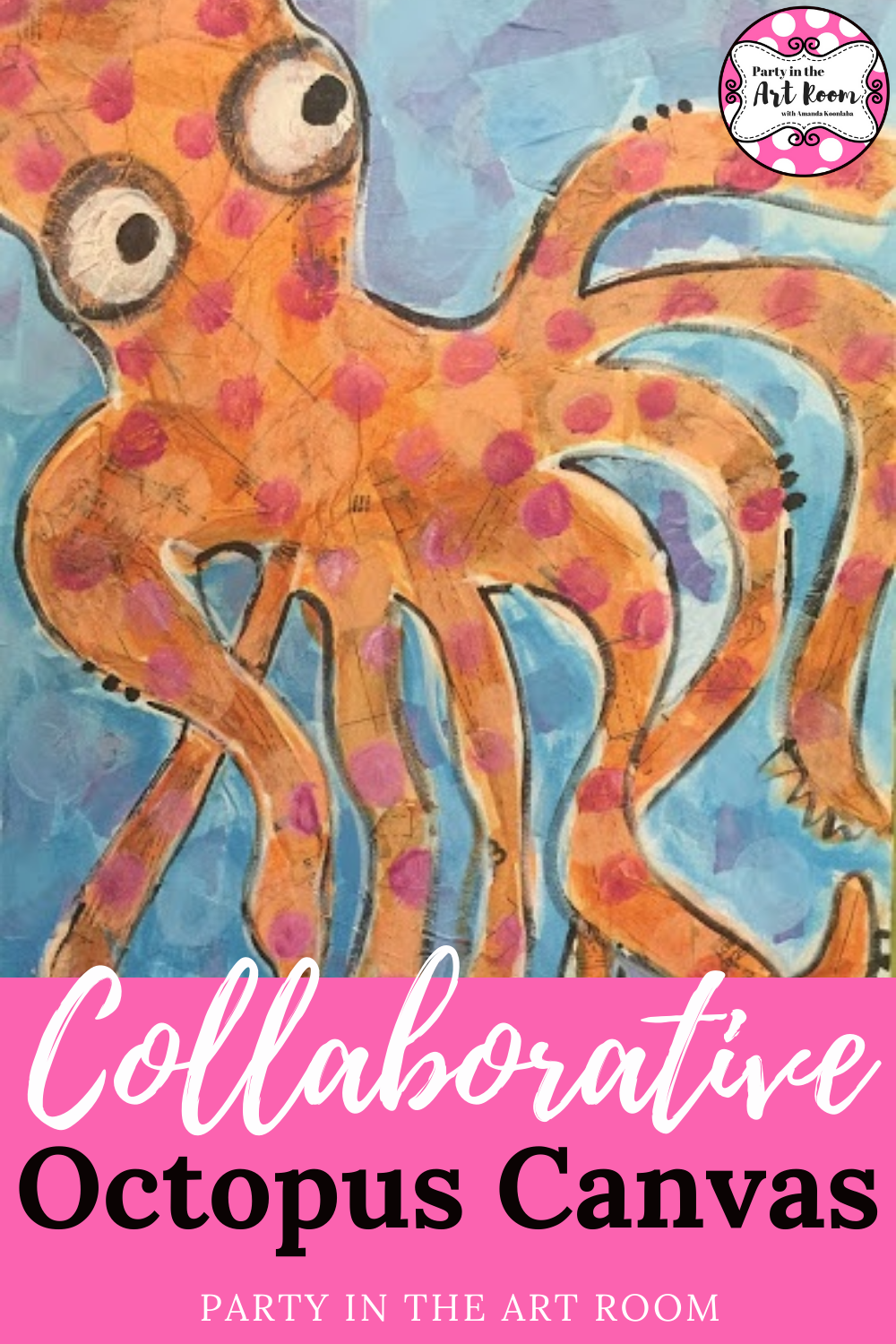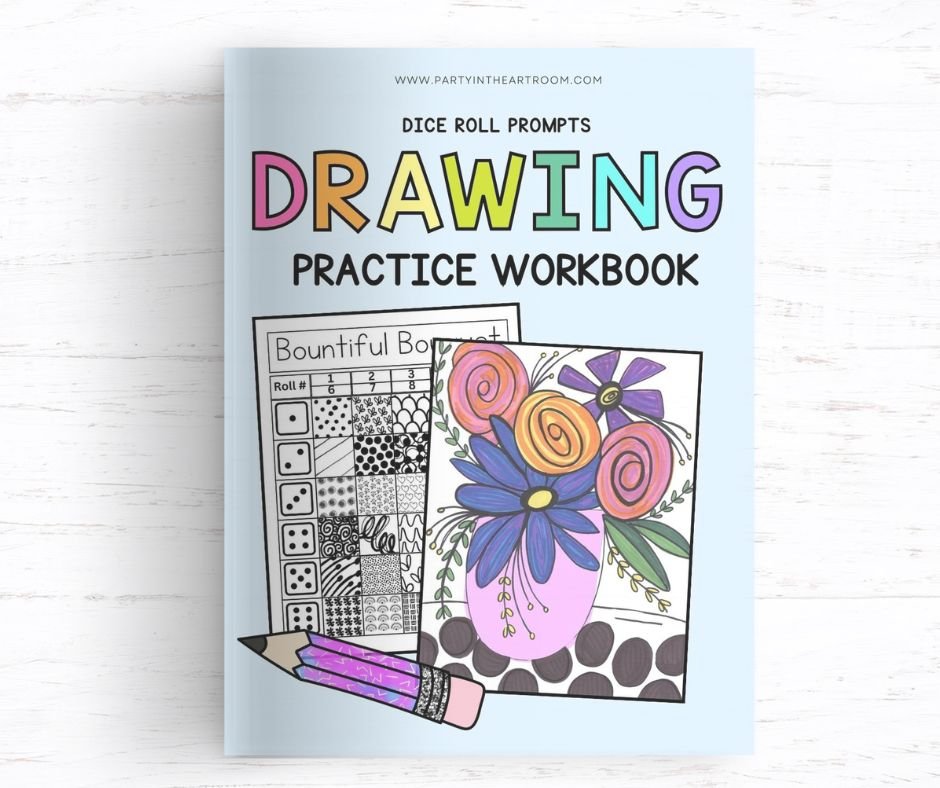Fascinating Art History Kids Should Know
From the beginning of time, humanity has relied on art to depict history, personal experience, emotions, and a greater connection to existence. From prehistoric to contemporary, art has a rich history that evolves and grows as humanity persists.
Whether you are studying up on how to be an art teacher, looking for an art teacher job, or just want a clearer understanding of art history to help you integrate art into your instruction, this comprehensive overview can help.
Prehistoric Art for Kids
Prehistoric Art covers work from the beginning of man up until around 4,000 BCE. Prehistoric cultures contributed to the advent of human art by creating rock carvings, sculptures, and visual depictions of prehistoric life on the walls of caves. Prehistoric art was present before written language and was often used to keep records and communicate.
Ancient Art Kids Should Know
Starting as early as 30,000 BCE through 400 AD marks the era of ancient art. This includes the works of some of the earliest human civilizations including Mesopotamia, Egypt, and Greece. Art from this period includes many stone carvings that served to denote religious imagery and mythological stories. The Code of Hammurabi, which set the law of the land for early Mesopotamia, is often considered one of the most influential works from this period.
Medieval Period for Kids
Spanning from roughly 500 AD to 1400 AD the Medieval Period was classified by dark imagery often centered around biblical subjects. This period was well known for its depictions of classical mythology and lasting works of gothic architecture.
The Renaissance Period for Kids
From 1400 to 1600, the Renaissance period included the first major cultural enlightenment in both art and the sciences. Work from this period focused heavily on natural elements, realism, and precision in the human form. Mannerism became popular at the time for its inclusion of stylized and exaggerated details of biblical and mythological subjects. Da Vinci, Raphael, and Michelangelo created some of the most prolific pieces of art history during this time.
The Baroque Period of Art for Kids
The Baroque period spans from 1600 to 1750 and adds to the stylization and exaggeration of early Renaissance mannerism. Works from this time were much more complex than anything that came before and often focused on themes of grandeur, human intellect, and discovery. The Baroque period is heavily characterized by intense contrasting light and color. Rococo art emerged as a response to the intensity of the Baroque period featuring softer more decorative works. Rococo paintings are classified by their lightness and elegance in contrast to Baroque drama found in the same period.
Neoclassicism in Art for Kids
Spanning from 1750 to 1850, Neoclassicism reawakened the simplicity of classical ideals. Paintings and sculptures from this time were heavily influenced by the unearthing of classical ruins of ancient civilizations. Neoclassicism borrowed the ideals of classical works but with modern themes and subjects. Romanticism emerged as a response to Neoclassicism during the same period. Where Neoclassicism focused on the harmony and rationality of classic works, romanticism allowed individual imagination to flourish. Romanticism included works that were highly emotional and appreciative of nature.
Realism Kids Should Know
From 1848 to the turn of the century in 1900 Realism became what is considered the first modern art movement. With romanticism coming to a close, artists were far more interested in capturing accurate depictions of everyday life. Realism was accompanied by Art Noveau, a unique style that used elements found in nature to add life to more realistic subjects.
Impressionism and Post-Impressionism Art for Kids
As a response to the detailed and accurate work of realism, Impressionism worked to capture the feeling of a subject rather than every minute detail. This movement still focused on everyday life as the subject but approached work with a much less polished style. Impressionist paintings often feel unfinished as an attempt to capture a small feeling of the subject.
Post-Impressionism took a similar approach in style to Impressionism but focused more on the personal meaning and visions of the artists. Unlike impressionism, post-impressionism relied on abstract form to capture symbolic meaning instead of a depiction of the real world. Vincent Van Gogh is one of the most loved Post-Impressionists. Check out this FREE SEL + van Gogh resource.
Expressionism for Kids
The turn of the century brought with it a twenty-year period of expressionism where artists used their work to convey raw emotions through intense colors and distorted forms. Artists from this period drew heavily on folk and tribal art to capture their feelings surrounding the modernizing world.
Cubism, popularized by Pablo Picasso, continued expressionisms depart from the natural world. Cubism is characterized by fragmented abstractions built from two-dimensional shapes and three-dimensional forms.
Surrealism Kids Should Know
Surrealism, popular from the Dada movement in 1916 to 1950, depicted distorted images of reality. Heavily influenced by Karl Marx and Sigmund Freud, Surrealists like Salvador Dali crafted imaginative dream-like works that depicted bizarre versions of reality.
Pop Art for Kids
Popularized by Andy Warhol in the 1950s and 1960s, Pop Art worked to make art accessible by creating innovative pieces with easily obtainable materials. Pop Art poked fun at consumerism and popular culture and used bright colors, repetition, and mass media to disrupt society’s understanding of traditional art.
Minimalism in Art for Kids
Minimalism spanned from the 1960s to the 1970s and focused on presenting a simple subject to the audience. Minimalist artists denounced the materialism and abstract nature of the previous movements and presented straightforward images to the audience. Minimalist artists valued anonymity and heavily utilized purified forms and simple harmony.
Contemporary Art for Kids
1970 and the advent of mass media kicked off the current period of contemporary art. Contemporary art is classified by the pure volume of different movements happening at once. Contemporary art is classified by the onset of technology like computers and the internet and often discusses the value of art in the post-modern world. Contemporary art can also be classified by the abundance of voices available from women artists to amplified marginalized voices. This period is yet to be fully classified as it includes the present day.
Closing Thoughts
Introducing kids to art history not only enhances their understanding of different cultures and eras but also inspires their own creative journeys. From the expressive strokes of the Impressionists to the mind-bending worlds of the Surrealists, each movement offers unique insights and stories into the human experience.
By exploring art history, children learn to appreciate the beauty of human expression and develop critical thinking skills that last a lifetime. So, dive in, get creative, and let art history spark curiosity and inspiration in your students!
You might also like:
Individual Workbooks from Party in the Art Room are available on Amazon!
Let’s connect on Instagram!
Affiliate Disclosure: Party in the Art Room is supported by its audience. When you purchase through links on this site, a commission may be earned.I’m Amanda, and I align standards and integrate content to help teachers meet the needs of the Whole Child in art class! I have yet to find a standard that I couldn’t teach through art, and I want to share it all with you.
Not sure where to start with bringing art and content together? This freebie guide is packed with 25 ideas to align your art lessons with math and ELA standards. Your students will be crafting art and practicing algebraic thinking. Win-win!
I want all students to feel successful in the art room, so I created a standards-based Daffodil Collage lesson to do just that! The lesson includes an artist study, student reflection, and more, so push your artists to their full potential.
Follow along on my Instagram page for more tips on teaching the Whole Child in the art room!
Connecting art and content together doesn’t have to be mind-boggling. I’ve made it simple with 25 math and ELA art lesson starters - for free! Plus, I included 15 worksheets for students to reflect on their art-making journey.






